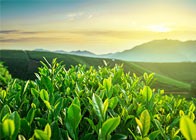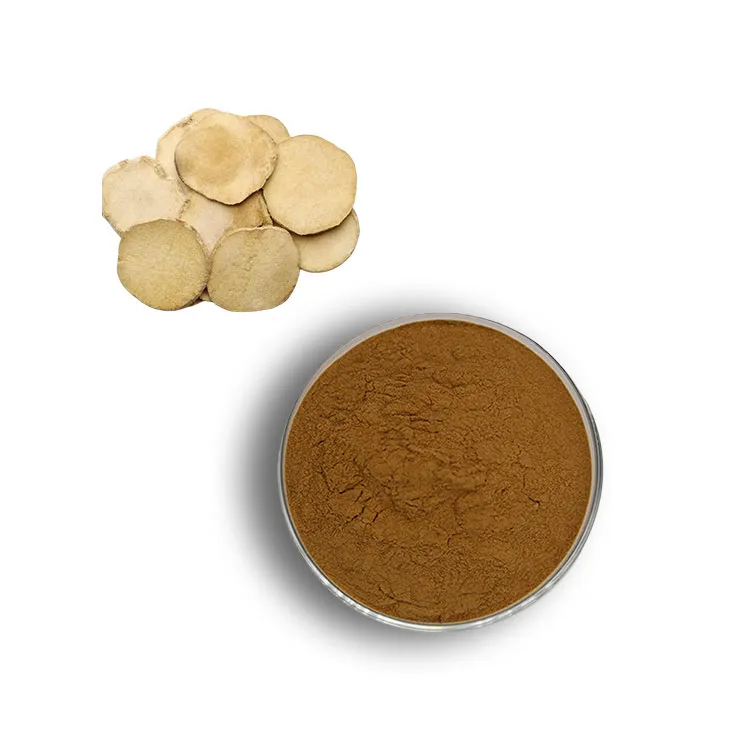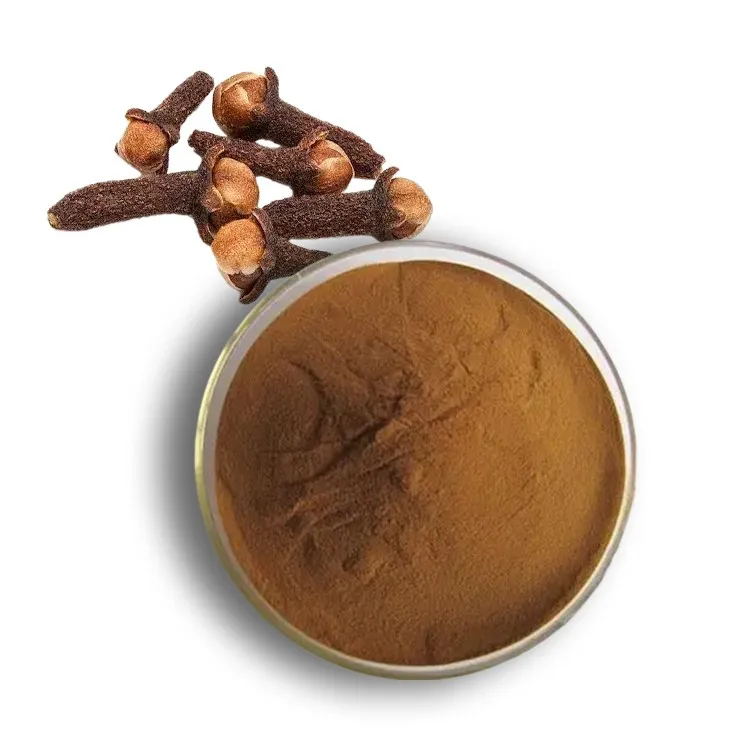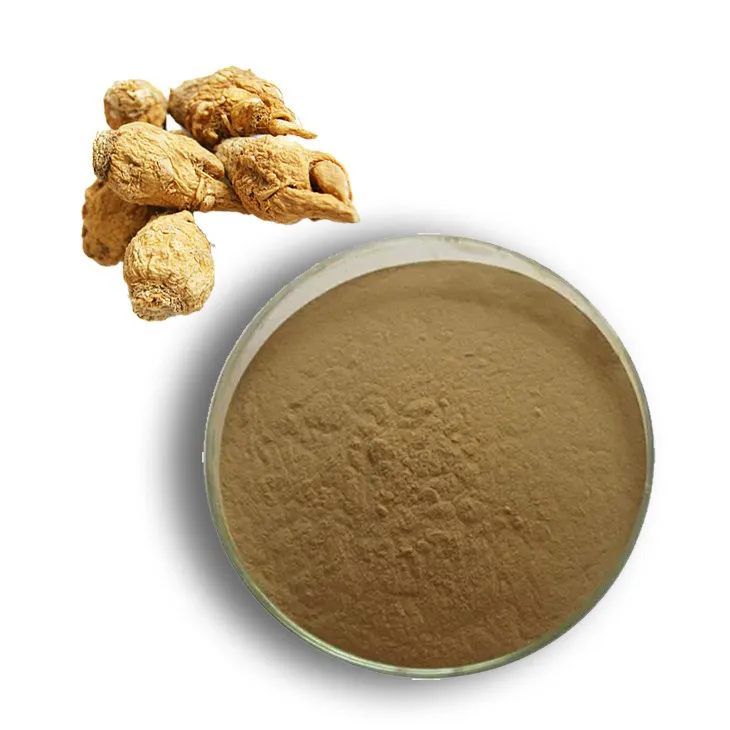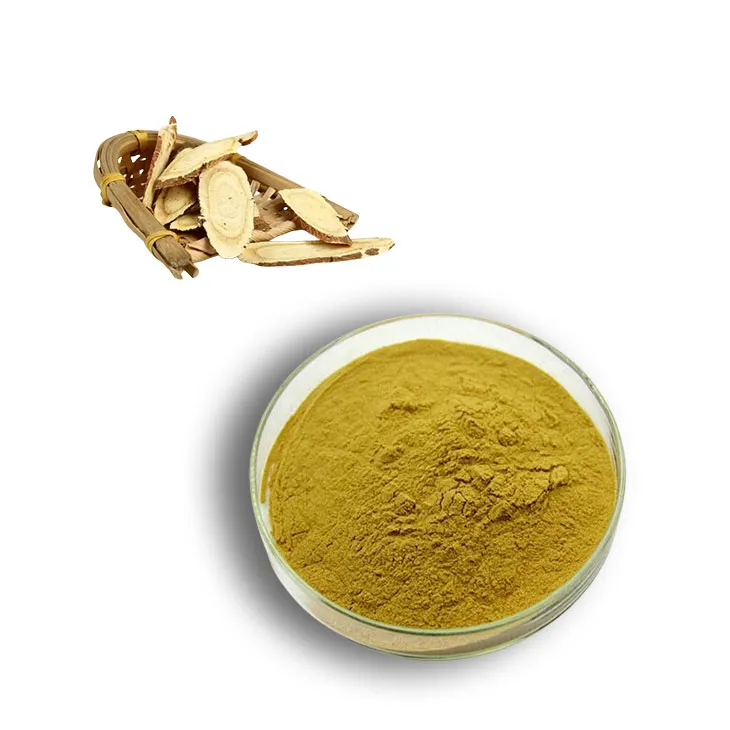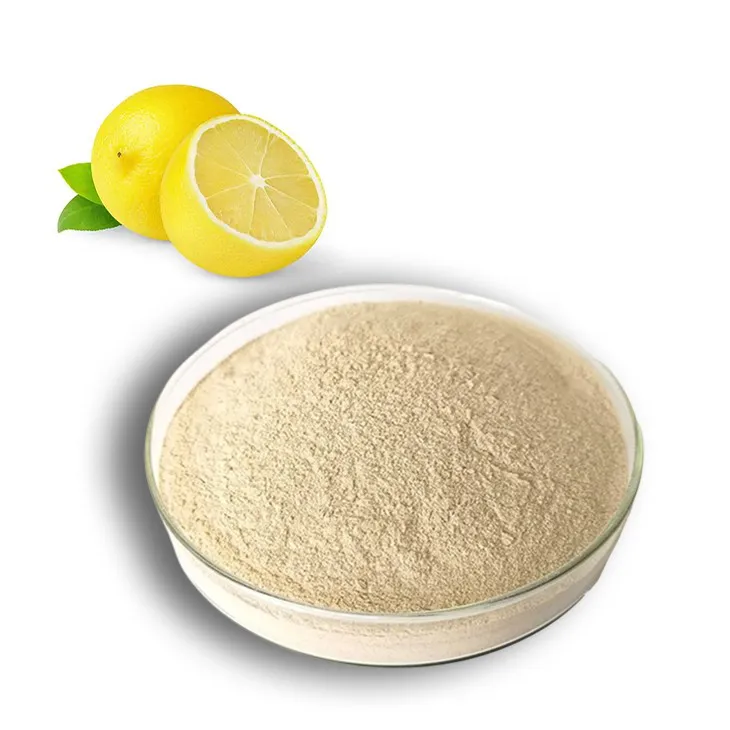- 0086-571-85302990
- sales@greenskybio.com
How to Verify the Authenticity of Astaxanthin: A Guide to Identifying Real Astaxanthin Supplements
2025-08-28
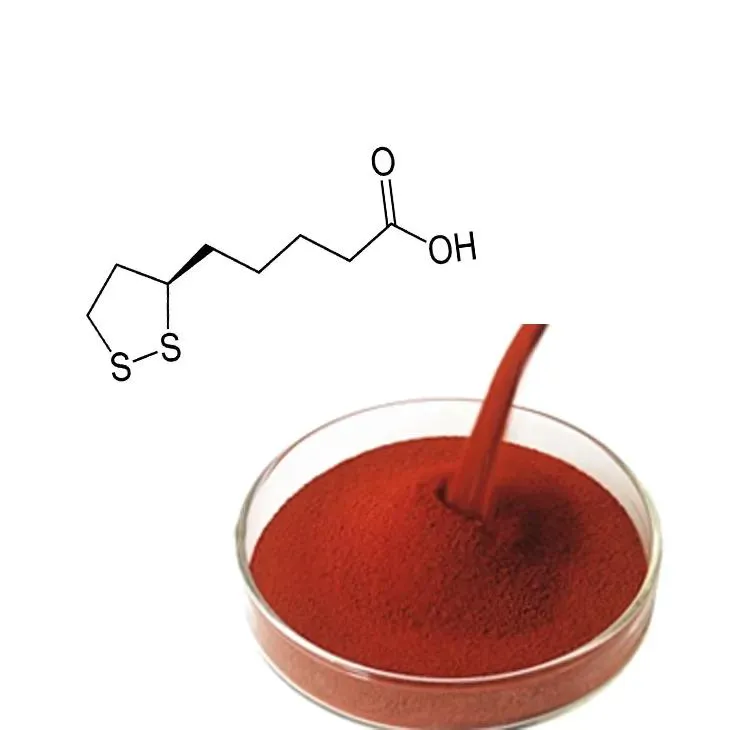
In the quest for optimal health and wellness, natural supplements have increasingly gained attention, with Astaxanthin emerging as a standout choice for its remarkable antioxidant and anti-inflammatory properties. Derived from microalgae, Astaxanthin is a powerful carotenoid responsible for the reddish hue found in salmon, lobster, and krill. Its benefits range from enhancing skin health to supporting cardiovascular function and boosting immunity. With its rising popularity, the market has witnessed a surge in Astaxanthin products. However, not all are created equal, and the need to differentiate between authentic and inferior products is vital. This article aims to guide you in identifying genuine astaxanthin supplements, ensuring you receive their full health benefits.
Understanding Astaxanthin
Astaxanthin is a naturally occurring pigment within the carotenoid family, renowned for its remarkable antioxidant properties. Often derived from microalgae, particularly Haematococcus pluvialis, astaxanthin is widely recognized for its health-promoting attributes.
1. Health Benefits
Astaxanthin possesses anti-inflammatory and antioxidant properties, making it a sought-after supplement for enhancing skin health, supporting cardiovascular wellness, and reducing oxidative stress. Studies suggest potential benefits for eye health, joint pain reduction, and immune system support. Its unique molecular structure allows it to effectively scavenge free radicals, reducing oxidative damage to cells and tissues.
2. Natural vs. Synthetic Astaxanthin
Astaxanthin is available as both a natural extract from microalgae and a synthetically produced version. The naturally derived form is considered more beneficial, as it retains a complex mix of different isomers and compounds that contribute to its potent antioxidant effects.
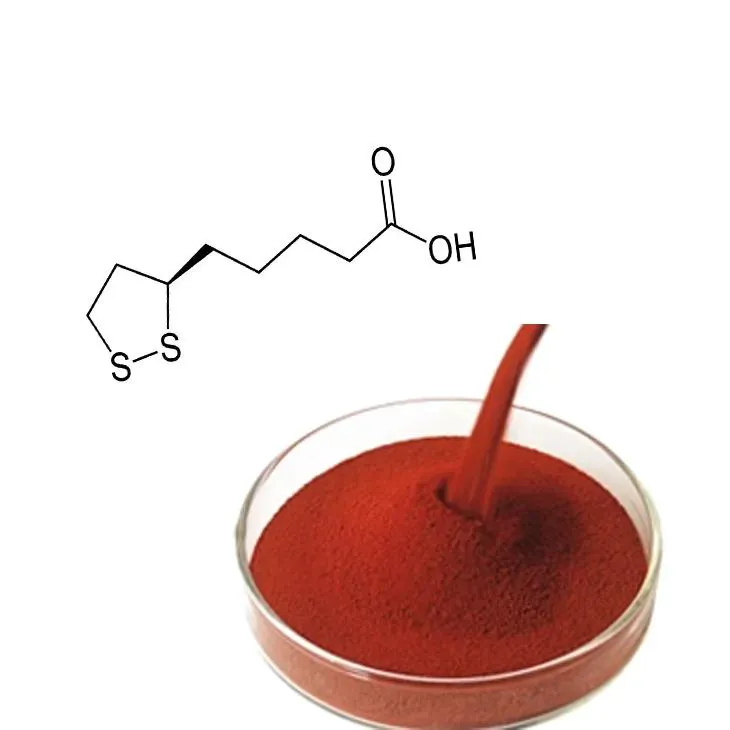
Evidence of Authentic Astaxanthin
Ensuring the astaxanthin you consume is authentic, high-quality, and effective is crucial for achieving its desired health benefits. Here are steps to help verify the authenticity of astaxanthin supplements:
1. Source of Astaxanthin
Authentic astaxanthin is primarily sourced from the microalgae Haematococcus pluvialis. It is essential to verify this information on a product’s label before purchasing. Choose products from brands that clearly disclose the source and extraction method, ideally prioritizing those derived from natural microalgae over synthetic options.
2. Color and Appearance
Astaxanthin naturally imparts a rich, reddish color. When purchasing supplements, opt for those containing dark red or deep orange capsules, indicating the presence of real astaxanthin. However, be cautious, as some products might contain artificial coloring.
3. Quality Certifications
Reputable brands often undergo third-party testing and hold certifications to ensure their products meet quality standards. Look for labels that feature certifications from organizations like NSF International, USP Verified, or ConsumerLab, which provide assurance of safety, quality, and authenticity.
4. Concentration and Dosage
Ensure the supplement’s label specifies the concentration of astaxanthin per serving and adhere to recommended dosages. Standard dosages generally range from 4 mg to 12 mg daily, but individual needs may vary. Consult healthcare professionals for personalized guidance.
5. Company Reputation and Transparency
Opt for products from reputable brands with a history of quality and transparency. Research the company’s sourcing and manufacturing practices, and consider customer reviews to gauge product satisfaction. Manufacturers with ethical sourcing practices and positive consumer feedback are more likely to provide authentic products.
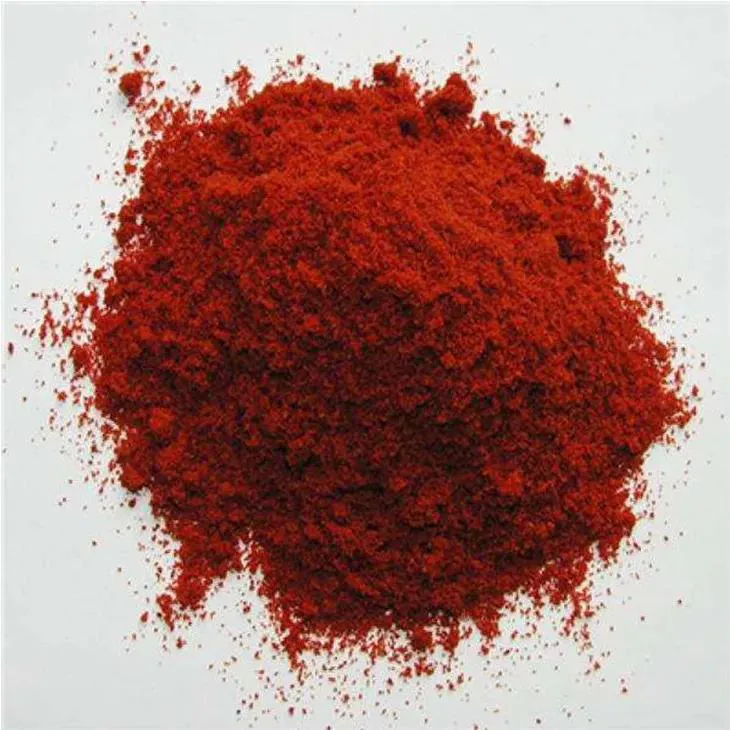
Methods for Identifying Fake Astaxanthin
As the demand for astaxanthin continues to rise, unscrupulous producers may release subpar or counterfeit products into the market. Here are strategies for detecting fake astaxanthin supplements:
1. Conduct Visual Inspection
One straightforward approach to assess the authenticity of astaxanthin is through visual inspection. Real astaxanthin is typified by its deep red or orangeish color, reflecting its origin from microalgae. Milder shades or different colors may indicate adulteration or the use of synthetic colorants.
2. Check for Third-Party Testing
Reputable manufacturers often subject their products to third-party laboratory testing and make these results accessible to consumers. Look for the presence of third-party certifications or quality seals on the product's label, which indicate compliance with safety and quality standards.
3. Transparent Labeling and Ingredients
Examine the ingredient list on the product packaging. Genuine astaxanthin supplements will clearly list the concentration of active compounds (such as a certain percentage of astaxanthin) and provide detailed sourcing information. Reputable brands prioritize transparent labeling to build consumer trust.
4. Avoid Suspicious Online Deals
Be cautious of deals or products sold at prices significantly lower than average market rates, as these could indicate inferior or fake products. Purchase from reputable retailers or official brand websites to ensure authentic products.
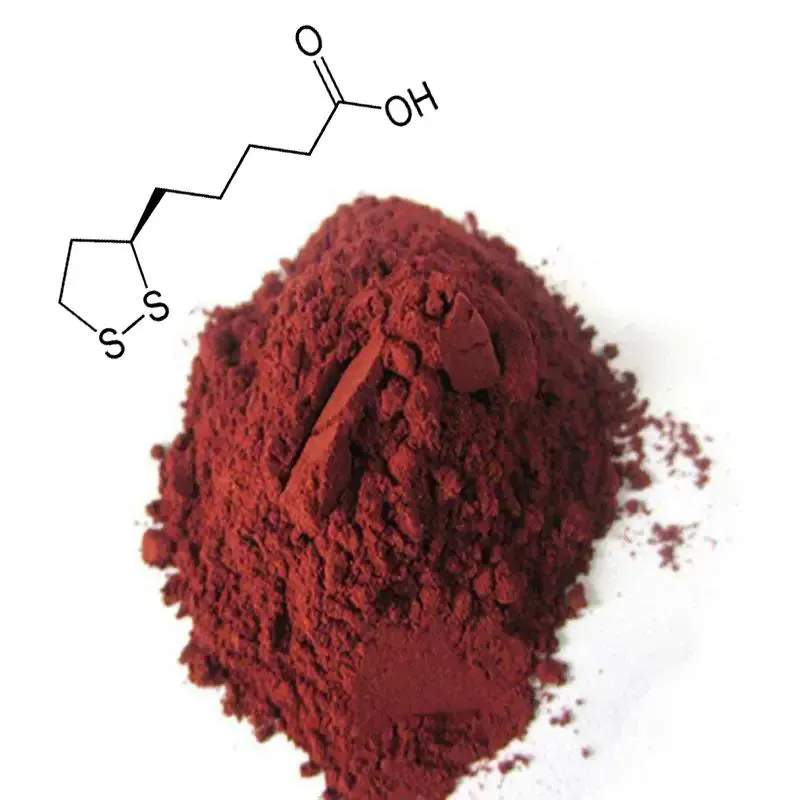
Health Benefits of Authentic Astaxanthin
When you choose genuine astaxanthin supplements, you can potentially reap a range of health benefits associated with this powerful antioxidant:
1. Skin Health and Appearance
Astaxanthin is often praised for its skin-enhancing properties. It can improve skin hydration, elasticity, and smoothness, while reducing the appearance of fine lines and wrinkles. The antioxidant properties help protect the skin from UV-induced damage, supporting a youthful complexion.
2. Cardiovascular Support
Research suggests that astaxanthin may contribute positively to cardiovascular health by promoting healthy blood flow, reducing inflammation, and supporting healthy cholesterol levels. These benefits can lower the risk of cardiovascular diseases, including heart attacks and strokes.
3. Eye Health
Astaxanthin's benefits extend to eye health, as its antioxidant properties help protect the eyes from oxidative stress and reduce the risk of conditions like age-related macular degeneration (AMD) and cataracts.
4. Exercise Performance and Recovery
Emerging research suggests that astaxanthin supplementation may enhance athletic performance and aid post-exercise recovery. It may help reduce muscle damage and improve endurance by reducing oxidative stress and inflammation associated with physical activity.
Safety and Considerations
While marigold tea is generally considered safe for most people, several safety considerations should be taken into account:
1. Allergic Reactions
Individuals allergic to plants in the Asteraceae/Compositae family, which includes marigold, ragweed, chrysanthemums, and daisies, should avoid consuming marigold tea to prevent potential allergic reactions, such as skin rashes, itching, and respiratory discomfort.
2. Pregnancy and Breastfeeding
Pregnant or breastfeeding women should consult healthcare providers before using marigold tea. Although traditionally used in maternity care, detailed research on its safety during pregnancy and lactation is limited.
3. Dosage Considerations
While enjoying marigold tea in moderate amounts as part of a diversified diet is considered generally safe for most individuals, it is wise to exercise moderation. Overconsumption could lead to gastrointestinal discomfort.
4. Interaction with Medications
As with any herbal remedy, consult a healthcare professional before introducing marigold tea into your diet, especially if you are on medications. Possible interactions with drugs, particularly sedatives or anticoagulants, warrant cautious use.
Conclusion
Marigold tea is not only safe to drink for most individuals, but it also offers a wide range of potential health benefits, owing to its anti-inflammatory, antioxidant, and antimicrobial properties. However, there are a few precautions to take into account, particularly concerning allergies, pregnancy, and interactions with certain medications. As a tea made from an ancient medicinal flower, marigold tea remains a natural and flavorful herbal infusion that can be beneficial when consumed as part of a healthy, varied diet. Always remember to consult healthcare professionals for personalized guidance before adding new herbal remedies to your wellness regimen.
Green Sky Bio provides the best extracts and supplements. It is a Chinese self-developed brand that is trustworthy! Welcome to email us to inquire about our products.
TAGS:- ▶ Hesperidin
- ▶ Citrus Bioflavonoids
- ▶ Plant Extract
- ▶ lycopene
- ▶ Diosmin
- ▶ Grape seed extract
- ▶ Sea buckthorn Juice Powder
- ▶ Fruit Juice Powder
- ▶ Hops Extract
- ▶ Artichoke Extract
- ▶ Mushroom extract
- ▶ Astaxanthin
- ▶ Green Tea Extract
- ▶ Curcumin
- ▶ Horse Chestnut Extract
- ▶ Other Product
- ▶ Boswellia Serrata Extract
- ▶ Resveratrol
- ▶ Marigold Extract
- ▶ Grape Leaf Extract
- ▶ New Product
- ▶ Aminolevulinic acid
- ▶ Cranberry Extract
- ▶ Red Yeast Rice
- ▶ Red Wine Extract
-
Sugarcane Extract
2025-08-28
-
Alisma Extract
2025-08-28
-
Clove Powder
2025-08-28
-
Nettle leaf extract
2025-08-28
-
Calendula Extract
2025-08-28
-
Sophora Japonica Flower Extract
2025-08-28
-
Maca Extract
2025-08-28
-
Licorice Root Extract Powder
2025-08-28
-
Lemon Extract
2025-08-28
-
Citrus bioflavonoids
2025-08-28

